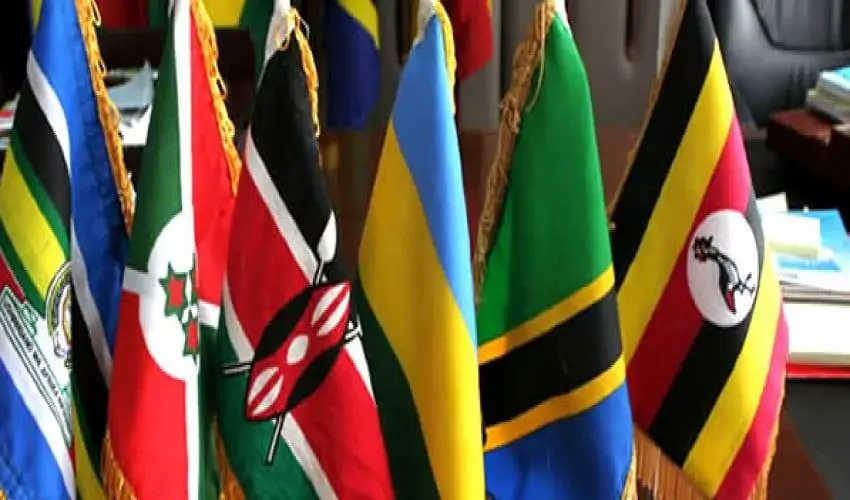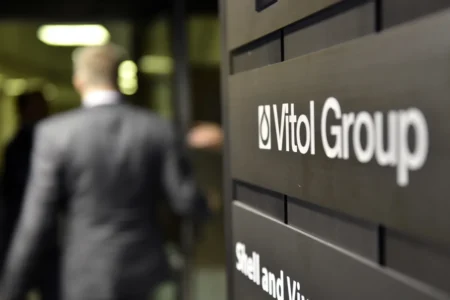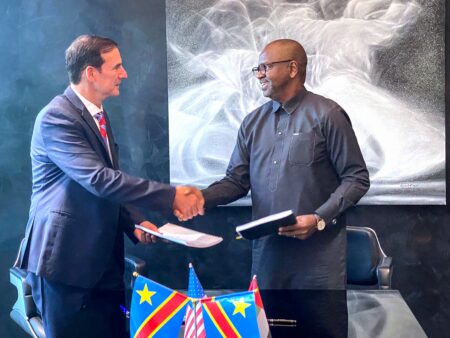East Africa Community (EAC) plans to have a single East African currency by 2024 has collapsed, sending member countries back to the drawing board.
The East Africa Community (EAC) Council of Ministers, the central decision-making and governing organ of the EAC, resolved that the five years deadline by which the region was supposed to have created a monetary union and adopted a common currency is not attainable.
The Council, which had a day-long meeting in Arusha, resolved to draw new timelines to achieve the ambitious target of creating an EAC Monetary Union, which is one of the four pillars of regional integration.
The EAC is behind its plans in setting up relevant institutions to support a single currency. The East African Monetary Institute (EAMI), the equivalent of a regional central bank that was supposed to be up and running in 2015.
Member countries were supposed to comply with the EAC macro-economic convergence targets on inflation, public debt, forex reserves and budget deficits before coming with the currency.
The first two pillars of EAC integration which are creating a Customs Union and Common Market have already been achieved, while after the creation of a Monetary Union it will then set up a Political Federation.
Also Read: EAC countries rank among the world’s rising stars of global trade
Kenya’s Cabinet Secretary in-charge of EAC Affairs Adan Mohamed said that there is still a lot of work needed towards the implementation of the Monetary Union.
“I think the first thing to do is to set up the East African Monetary Institute (EAMI) then we take it from there in terms of making the necessary progress. However, the necessary instruments for the creation of this body have been approved by the heads of state,” Mr Mohamed said in an interview.
The EAC single currency is expected to create more economic unity in the region and help eliminate transaction costs related to exchanging currencies and exchange rate volatilities.
On November 30, 2013, the heads of state in Kampala signed the Protocol for the establishment of the EAC Monetary Union, providing a 10-year roadmap for member states to embrace a single currency regime.
Member countries are required to meet and comply with a debt to GDP ratio of 50 per cent, fiscal deficit (including grants) of 3 per cent of the GDP, overall inflation of 8 per cent and forex reserves of 4.5 months of import cover for at least three years before the launch of the single currency regime.











